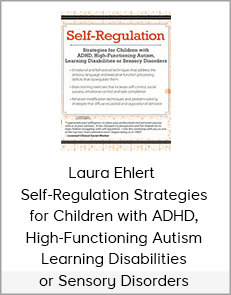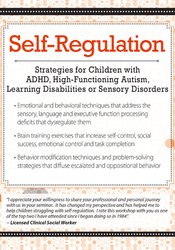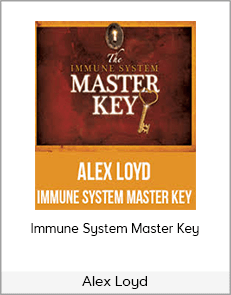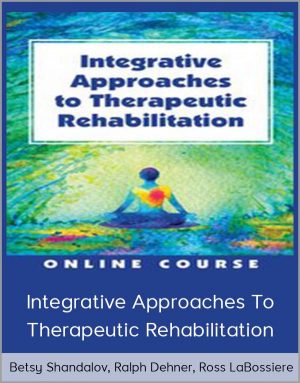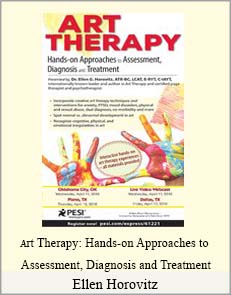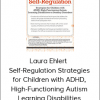Laura Ehlert – Self-Regulation Strategies for Children with ADHD, High-Functioning Autism, Learning Disabilities or Sensory Disorders
$35.00$109.00 (-68%)
Strategies to improve self-regulation, social success, emotional control and task completion
Laura Ehlert – Self-Regulation Strategies for Children with ADHD, High-Functioning Autism, Learning Disabilities or Sensory Disorders
Overview:
Treatment approach using a processing perspective
Improving children’s self-regulation through our own paradigm shift
Ping + Ping + Ping = Frustration and dysregulation
Pioneering strategies and pioneering solutions to problems
Behavioral and alert interventions for dysregulated triggers
Sensory impairment
Integration, meaning, perception
Experience your own dysregulation to sensory challenges
Reduce sensory triggers
Reduce the sensitivity of the “panic switch” reset strategy
Manage the environment and reduce sensory overload
Language/learning disability
Incorporate language processing into behavioral understanding
Meaning = perception = reality = response
Your emotional response to their language challenge
Recognize, verify and troubleshoot red language triggers in common languages
Social Pragmatic Insights and Behavior
Executive dysfunction
Effect of processing inconsistency on daily functions
Experience how to configure your kids to fail without noticing
Problem-solving strategies to improve organization, working memory, and metacognitive impairment
An environment that manages fidgety, restlessness, carelessness, and provides active social and emotional regulation
Obstacles due to lack of executive skills
Perspective and meaning
“Setup”: Child expectations + developmental delay = failure
Fostering Appropriate Expectations: Pitfalls and Pros of Developmental Models
Strategies for triggering triggers
Use Nurtured Heart Approach to enhance desired behavior
Action strategy
Better understanding of the child’s process creates realistic expectations
Behavior modification and skill coaching: resets and choices to improve self-regulation
Environmental structure to regulate
Empowering children to improve self-regulation
Cognitive restructuring to reduce tantrum and emotional dysregulation
Problem solving strategy
Reduce stressor
Improving children’s behavioral acceptance and personal responsibility
Create realistic expectations
Learning/educational flexibility
Self-adjust using language
Neurobiological considerations
Diet/food
Supplements/vitamins
Sensitivity/toxin
Exercises and movements that regulate the brain
Explanation:
This recording helps in better intervention with challenging children, children who are not sitting still. Not following the instructions; often throw a tantrum. Or it is difficult to wait for the turn. It may be “hit first, ask later”. They react impulsively and have difficulty expressing what is needed and what is frustrating them. The child is smart, caring, and kind, but their behavior does not reflect these positive qualities. These are children who confuse parents, irritate them, and overwhelm teachers and peers. They struggle to meet basic expectations, are deregulated, and cannot succeed in school, with their peers, and at home.
Through discussions and hands-on experience, we discover how language, executive function, and sensory processing deficits mislead about the causes of emotional and behavioral dysregulation in these children. You will change your perceptions, learn strategies to create expectations and environments, and help you succeed with your family, school and peers!
Recognize signs of underlying underprocessing leading to dysregulation
Strategies to improve self-regulation, social success, emotional control and task completion
Strategies to reduce the frequency and duration of tantrums and emotional explosions
Positive structure and expectations, positive coping, problem-solving strategies to create self-regulation
Interventions and brain training exercises to enhance self-regulation

